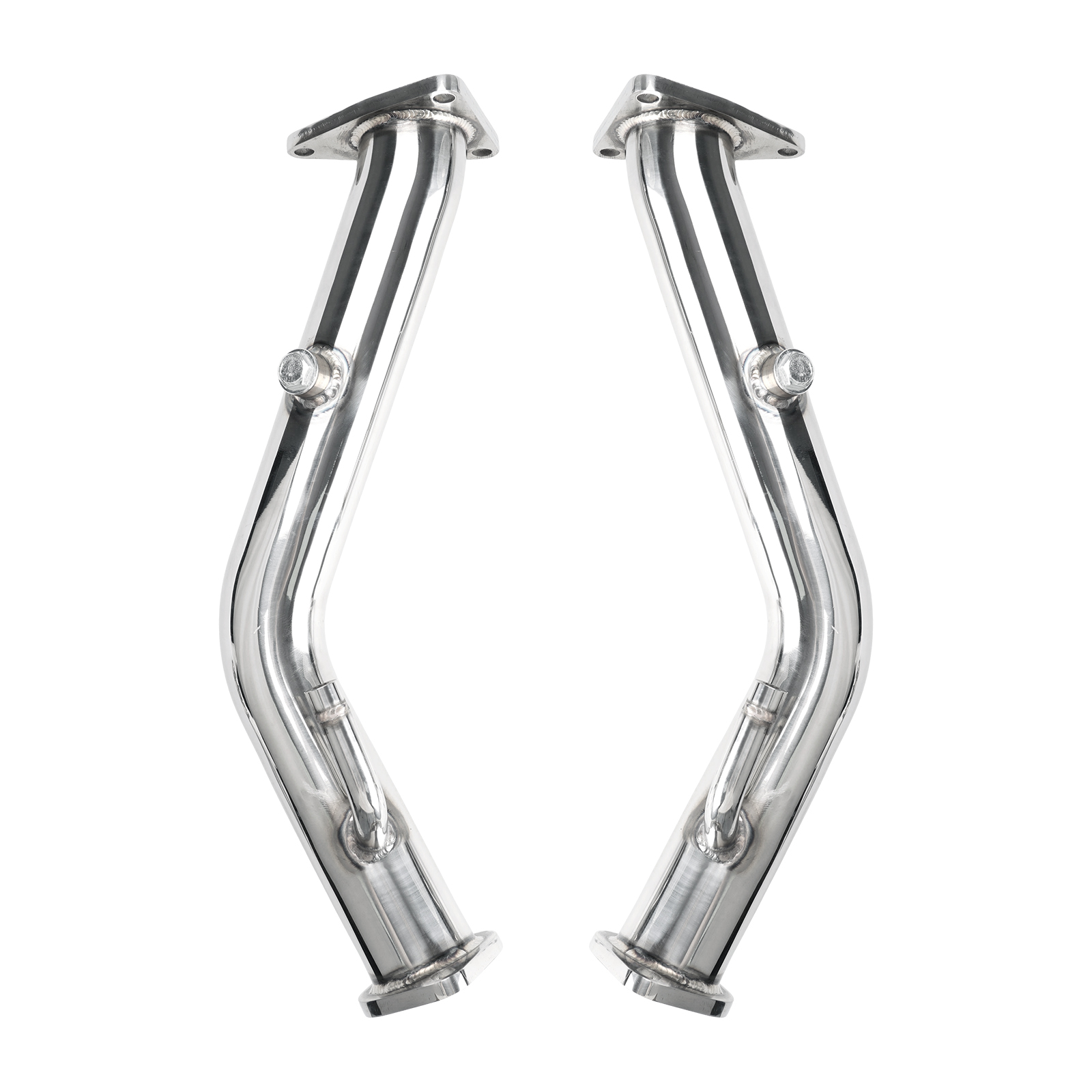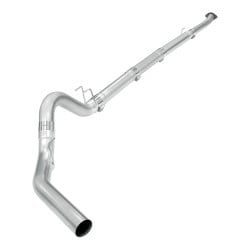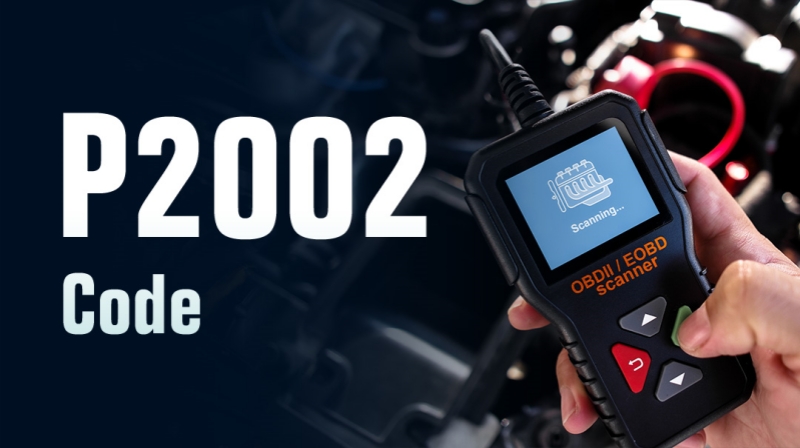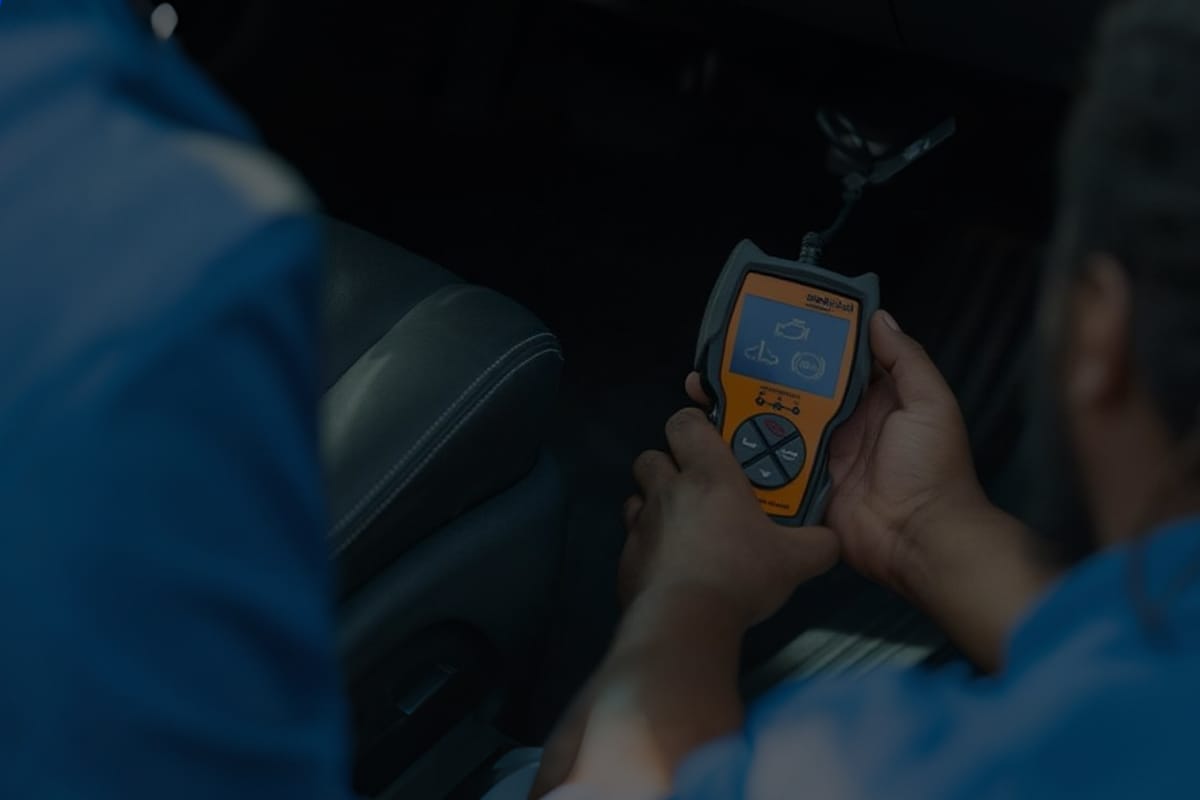The P246C code may cause your vehicle to be limited in speed, increase fuel consumption, and even cause excessive emissions. If not taken care of promptly, you could be facing costly repair bills! This guide will detail the meaning, symptoms, causes, and how to fix and prevent the P246C fault code. Let's get started!
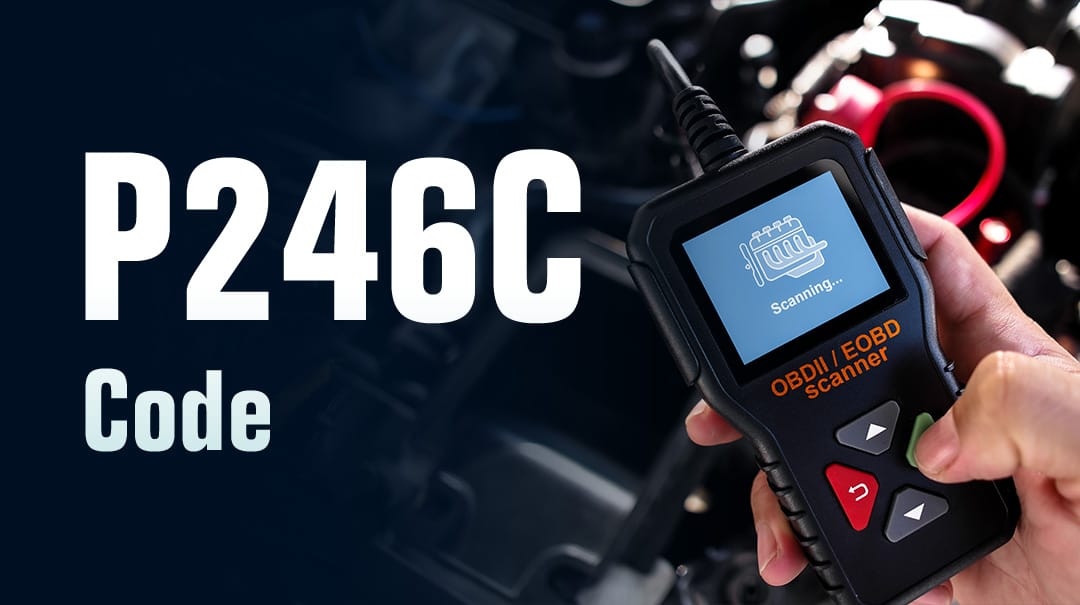
What Is the P246C Code?
The P246C code stands for "Diesel Particulate Filter (DPF) Restriction - Forced Limited Power". This is an OBD-II trouble code related to the emissions system.It indicates that the Diesel Particulate Filter (DPF) is restricted, forcing the vehicle into a low-power mode, commonly referred to as "limp mode".
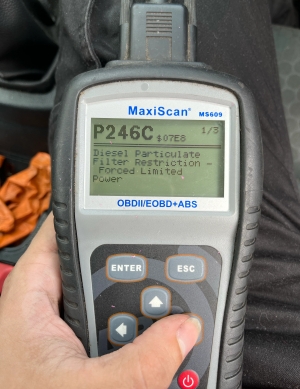
Why Is It Important?
The P246C error code is often classified as an "emergency" code, indicating a serious fault. This designation emphasizes that immediate action must be taken when this code appears, otherwise serious damage to the vehicle may occur, resulting in a more extensive and expensive repair.
Related Systems
- Diesel Particulate Filter (DPF): Traps soot particles in the exhaust gas to reduce emissions.
- Exhaust Pressure Sensor (DPS) : Measures pressure before and after the DPF to determine soot accumulation.
- Engine Control Unit (ECU) : Monitors DPF performance and triggers limp mode if a malfunction is detected.
The P246C code is common in diesel-powered vehicles, including Ford Powerstroke, Chevrolet Duramax, RAM Cummins, and other diesel engines from various manufacturers. Beyond that, Ford F-Super Duty trucks of various years and engine displacements often display P246C, often accompanied by the associated code P2463.
Symptoms of the P246C Code
The P246C trouble code is usually accompanied by some noticeable symptoms.
- Reduced engine power: The vehicle becomes sluggish and has difficulty accelerating.
- Check engine light: The malfunction indicator light (MIL) or check engine light on the instrument panel illuminates.
- Increased black smoke: More visible black smoke is coming out of the exhaust due to soot accumulation.
- Limp mode activated: The engine enters a low-power mode to minimize potential damage.

Causes and Diagnosis of P246C Code
Cause 1: Severely clogged or faulty DPF
Diagnosis: Use an OBD-II scanner to read live data from the differential pressure sensor and compare the pressure readings before and after the DPF to the manufacturer specifications.
Cause 2: Faulty differential pressure sensor
Diagnosis : Check sensor wiring for shorts, corrosion, or disconnections.
Cause 3: Exhaust system leaks
Diagnosis : Perform a visual inspection of the exhaust system for cracks, loose connections, or damaged gaskets.
Cause 4: ECU software malfunction
Diagnosis : Check the error log in the ECU for incomplete DPF regeneration cycles. Verify software version and update if necessary.
How to Fix the P246C Code
Once the cause has been determined, follow these steps to fix the P246C engine code:
Fix 1: DPF Forced Regeneration
Step: Use a diagnostic tool to initiate a manual (forced) regeneration cycle to burn off excess soot. Costs range from $125 – $375.
Fix 2: DPF Cleaning or Replacement
Professional DPF cleaning is another option, with an average cost of between $150 and $500, according to sources.
If cleaning is not possible, replace the DPF. Replacement costs can exceed $2,000.
Fix 3: Repair the Faulty Part
If it's an exhaust leak, faulty sensor, etc., replace it as needed.
Fix 4: Update the ECU Software
This requires a trip to a dealer or updating the ECU software using a manufacturer-approved tool.
Practical Tips for Preventing a P246C Fault Code
Preventing a P246C fault code requires proactive maintenance and good driving habits. Here are some tips:
✅ Driving Habits
- •Avoid short-distance driving: Short-distance driving prevents the DPF from reaching the temperature required for regeneration.
- •Drive on the highway: Regular highway driving allows the DPF to regenerate naturally by burning off soot.
✅ Periodic Maintenance
- •Clean the DPF: Inspect and clean the DPF every 50,000 km or as recommended by the manufacturer.
- •Monitor soot levels: Use diagnostic tools to track the performance of the DPF.
- •Use high-quality diesel: Choose diesel fuel and additives approved by the vehicle manufacturer to help reduce soot buildup.
✅ Alternative Performance Solution: DPF Delete
In some cases—particularly in off-road diesel vehicles used for racing, towing, or farming—drivers choose to remove the restrictive DPF system to improve engine performance and avoid recurring fault codes like P246C.
Frequently Asked Questions (FAQs)
1. What is code P246C on a 6.7 Powerstroke?
Code P246C on a 6.7 Powerstroke means the Diesel Particulate Filter (DPF) is restricted, which means the ECU is detecting too high a pressure before the DPF, which could be caused by a clogged or restricted filter.
2. Can the P246C code be temporarily ignored?
Not recommended! Continued clogs could cause the DPF to burn out or the ECU to lock up.
3. How much does it cost to fix P246C?
Cost comparison:
| Solutions | Cost |
|---|---|
| Sensor replacement | $200 to $500 |
| DPF cleaning | $150 to $500 |
| DPF replacement | $2,000+ |
| DPF removal kit | $500 to $1,500 (saves $1,000+/year, but check legality in your area.) |
4. Does a DPF delete kit permanently resolve the P246C code?
Yes, removing the DPF can prevent all related problems and eliminate all cleaning and replacement costs. However, removing the DPF is illegal in most areas and will void the emissions warranty.
5. Can a clogged EGR valve cause a P246C code?
Yes, indirectly. The P246C code is closely related to DPF problems, and a faulty EGR (Exhaust Gas Recirculation) valve can cause excessive soot buildup in the DPF, triggering this code.
Conclusion
Ignoring the P246C code may lead to decreased engine performance, increased fuel consumption, and even damage to the exhaust system. Promptly understanding the cause of the fault, taking the corrective action, and performing regular maintenance are key to maintaining your vehicle's health. If you're unsure how to address this issue, consult a qualified technician.
If your vehicle frequently triggers these fault codes due to DPF blockage or regeneration failure, you may want to consider upgrading your exhaust system. SuncentAuto offers a variety of DPF performance upgrades and exhaust modification kits to improve exhaust efficiency and reduce the risk of failure, ideal for off-road or off-highway driving.





















